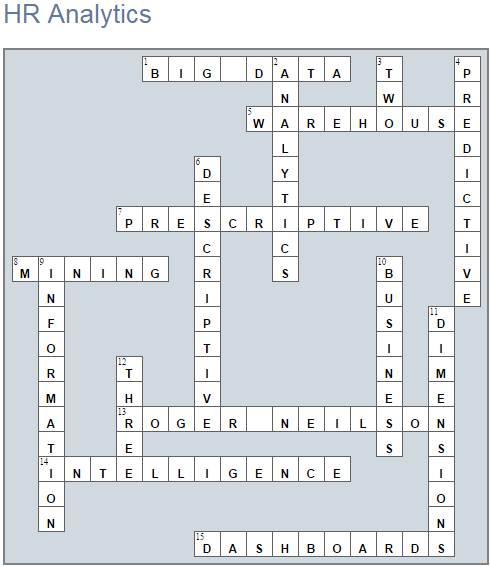Talent management is now an essential management practice;
it is a science of using strategic human resource planning to improve business
value and to make it possible for companies and organizations to achieve their
goals. Everything done by recruit employee, retain, develop, reward and make
employee performance forms a part of talent management as well as strategic
workforce planning. This field increased in popularity after McKinsey’s 1997
research and his written book on this field “The War for Talent” 2001. This
talent management context does not refer to the management of entertainers.
Researchers have seen that the value of talent management
consistently gives benefits in these critically economic areas: revenue,
customer satisfaction, quality, productivity, cost, cycle time, and market
capitalization. An HR mindset is not only to hire the most qualified and
valuable employees but also to put a strong emphasis on retention.
Employee’s evaluation is a very important concept in talent
management. There are two major factors to measure an employee’s talent:
Performance and Potential. In a specific job a performance of an employee has
always been a standard evaluation measurement tool of the profitability of an
employee. However, talent management also seeks to focus on an employee’s
potential, future performance of an employee with proper development of skills
and increased responsibility.
 Talent management is usually associated with
Competency-based management. The competency set includes knowledge, skills,
experiences, and personal traits (different behaviours). In new competency involve
creating competency architecture for an organization that includes a competency
dictionary to hold the competencies in order to create job description.
Talent management is usually associated with
Competency-based management. The competency set includes knowledge, skills,
experiences, and personal traits (different behaviours). In new competency involve
creating competency architecture for an organization that includes a competency
dictionary to hold the competencies in order to create job description.
Within an organization Talent marketplace is an employee
training and development strategy, it’s beneficial for a company where the
productive employees can pick or choose a project and assignments that are
ideal for the specific employee.
In
current economic conditions wise, many companies need to cut expenses. This is
the ideal environment to execute the talent management system, optimizing the
performance of each and every employee in an organization. Job analysis and
assessment validation help the predictive power of selection process. However,
many companies have just begun to develop the concept of human capital management.
Where more companies are in the process of deepening their global footprints,
but very few of then this kind of leadership structure that will get success in
their globalization process. In fact, only 5% organization says they have a
clear talent management strategy and operational programs in place of today.

















